Marcia Williams, also known as Lady Falkender, enters The Crown season three at a tragic time. The first episode she features in, portrayed by Sinead Matthews, follows the disaster of Aberfan – and in just a few scenes the power she had in politics is glaringly obvious.
Williams was Harold Wilson’s political secretary during the eight and a half years he was Prime Minister – but she had been his advisor long before then. In fact, she became his private secretary after a short meeting at a Labour party dinner for Russian leader Nikita Khrushchev and was quickly made the head of his political office.
When Wilson became Prime Minister they created what would be her most important job, as private secretary to the PM with her own office and staff. ‘The civil service as such didn’t see a role for a political secretary in parliament,’ she told Judith Chalmers in a 1984 interview, ‘he on the other hand had come to rely on my judgement.’ And so, upon entering number 10 Williams undertook the never-before-done job of liaising between the PM and their party.
‘I think [having a political secretary] is absolutely essential,’ she said, ‘because a Prime Minister is not just Prime Minister, he’s also the head of his party. He needs not just civil service advice on how to run the government, he also needs advice about where his party is at the particular point of time, what’s happening inside it and the whole liaison between his and his party or her and her party should we ever get a Labour woman Prime Minister.’
During her time in that position, she acted as Wilson’s most important political aide, so much so that ‘Fix it up with Marcia’ was a watchword in Wilson’s office. In fact, the late labour politician Richard Crossman once noted that ‘Marcia … has got more influence with Harold now than any single man.’
She is said to have been a mastermind of political insight with unparalleled skills in speech-writing and the best judgement when it came to keeping Wilson’s relationship with the Labour party intact. (In fact, it sounds like she would be immensely useful right now.)
But, her position as a woman in politics was – as it still would be today – subject to intense scrutiny. She was dubbed arrogant, unpredictable and Wilson’s willingness to take her advice compared to a feeble father indulging his spoilt child.
‘I get the feeling that everything he does in politics is to please her,’ Lord Bernard Donoughue wrote in his memoir. ‘He does not care about the people, the party or himself. She is the daughter who he delights in, however outrageous, and who he is working to please. It is amazing to watch. His patience with her is endless.’
His sentiment was shared by press secretary Joe Haines, who is the same man that reported Williams had an affair with Wilson during her first year as his private secretary. The account, published later, stated that she told Wilson’s wife – Mary Wilson – this in 1972 saying ‘I slept with your husband five times in 1956. It was not satisfactory.’
Such a relationship was suggested in BBC Four’s The Lavender List in 2006 – which explored Wilson’s time in parliament and ultimate resignation. The drama painted Williams as foul-mouthed and filled with rage, with Wilson completely complaint in the face of her outrage and influence. Williams sued for libel and was awarded £75,000 and £200,000 in costs – with the BBC promising never to repeat the programme.
Evidence to the contrary of an alleged affair has come from Mary Wilson herself, who has spoken positively of Williams in multiple interviews since. Whether there was an affair, and all was forgiven or whether it never happened at all remains to be confirmed. However, it is a rumour Williams consistently tackled, also suing pop group The Move after their manager Tony Secunda used a caricature of Wilson and Williams in bed together to promote their music. She again won the case and gave all royalties she earned from the song to charity.
Williams was a victim to the judgement that comes when women colour outside the box
Reading the accounts and biographies of her life, you can’t help but feel Williams was a victim to the judgement that comes when women colour outside the box. During her 1984 interview on Talking Personally, Chalmers eludes to this when she asks Williams, ‘Did government ministers have reason to be in awe of you?’
‘Yes I suppose,’ she replied, ‘but they would be equally in awe in any man near a Prime Minister too, I think this has been overdrawn and exaggerated simply because I’m a woman.’
Her legacy, however, cannot be understated. After all, a woman who retains positive relations between a Prime Minister and their party for more than eight years clearly had impressive political insight and a keen understanding of personality in politics.
After Wilson retired – a choice she could not sway – Williams supposedly went on to advise Sir Gordon Reece and Lord McAlpine, both of whom advised Margaret Thatcher. Her job was reported to convey ‘what the Labour party was thinking’ to the Conservative advisors – an astounding career change given her lifelong commitment to the Labour party. This secret job was revealed by Charles Moore, who authored a biography of Thatcher, although was never confirmed by Williams herself.
Going on to write two books, Downing Street: Inside Number 10 and Downing Street in Perspective, she also became a columnist for the Mail on Sunday and continued handling Wilson’s private business until his death in 1995. Williams herself only died in February this year.
Her legacy is not without controversy – beyond the alleged affair – particularly around her finances. Wilson’s resignation honours list was largely made up of wealthy businessmen whose principles where antithetic to that of the Labour party. The Lavender List – called so because it was written on lavender coloured paper – caused much confusion and brought Williams’ reputation into disrepute because a number of the men had helped her financially.
Lord Kagan, a raincoat manufacturer, financed Williams ‘political office and one of her Marylebone homes – he was later jailed for currency offences. James Goldsmith, a Conservative financier who received a knighthood, had paid for Williams’ children’s private education. And Eric Miller, a Labour party financier, bought Williams her second home. He later died by suicide when the Department of Trade and Industry initiated a report into his business.
Williams herself then came under fire in 2015 when her 2006-2011 expenses claims were released and it was revealed she had claimed £128,000 for taxis to and from Westminster over five years.
Despite her image, despite her history of dealings with potentially dodgy businessmen and her need for a taxi to work every day, she has long been remembered as the most powerful woman in Number 10 until Margaret Thatcher.
Read More: What's fact and what's fiction in The Crown season three?
The Crown season 3: fact or fiction
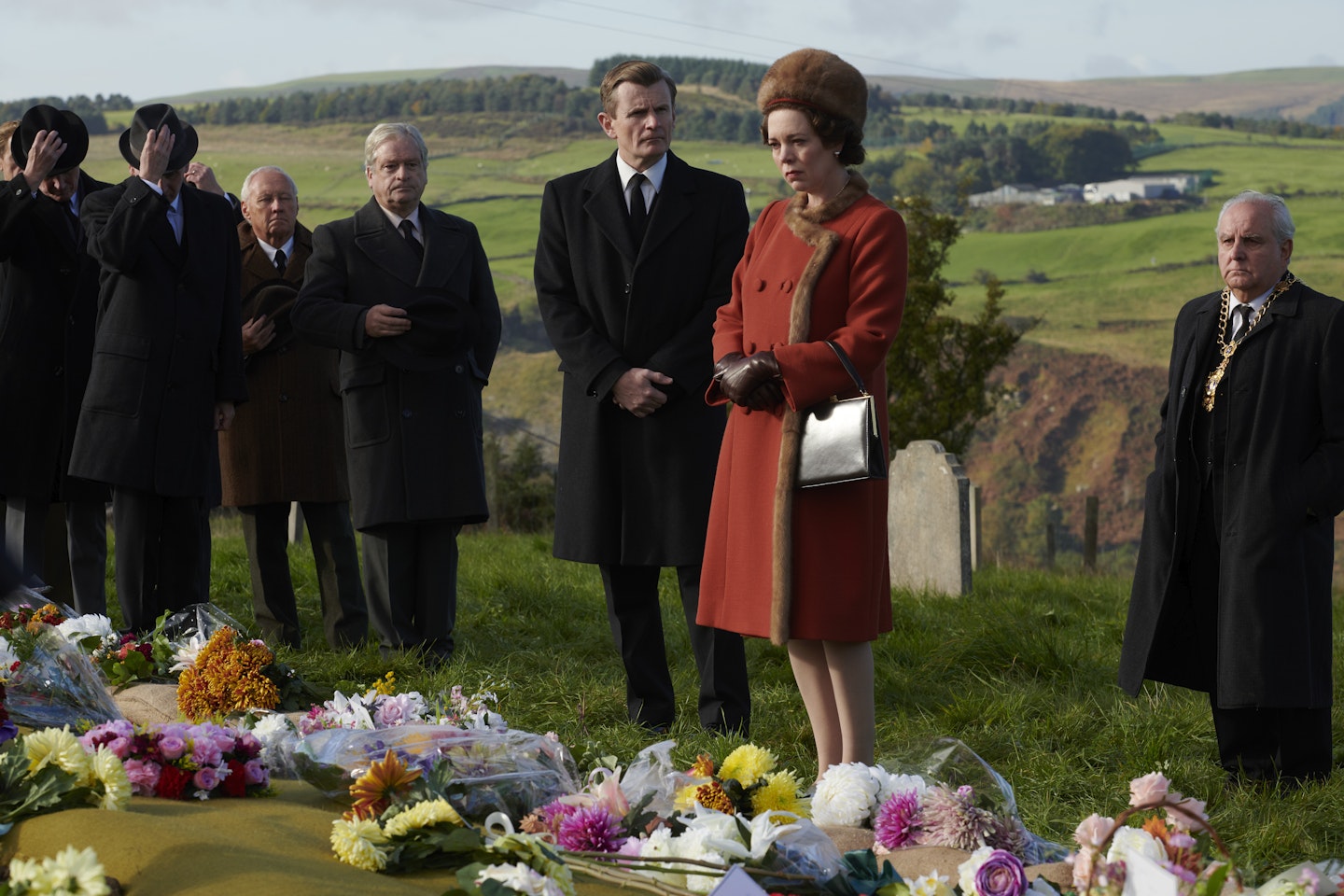 1 of 9
1 of 9Did the Queen really wait over a week to visit Aberfan?
The third episode of the new series is called Aberfan and deals with one of the most tragic evens of the 1960s, the Aberfan disaster in Aberfan, South Wales. On the morning of 21 October 1966, a man-made landslide made of debris from a mining pit, which was situated in a 'tip' above the village, demolished a primary school and several homes, killing 116 children and 28 adults. If it had happened a day later, no children would have been at school as it was the Friday before half-term. Immediately after the tragedy, people from all over Wales and the rest of the UK travelled to Aberfan to help with the rescues, but it took a week for all the bodies to be found. Lord Snowdon Antony Armstrong-Jones, the husband of Prince Margaret, was the first royal to visit the site, arriving at daybreak the next day and staying for several days immersing himself in the community. Prince Philip also arrived later that day. Notably, the Queen didn't visit Aberfan until over a week after the disaster, something she was heavily criticised for. Reportedly, this is her biggest regret during her reign.
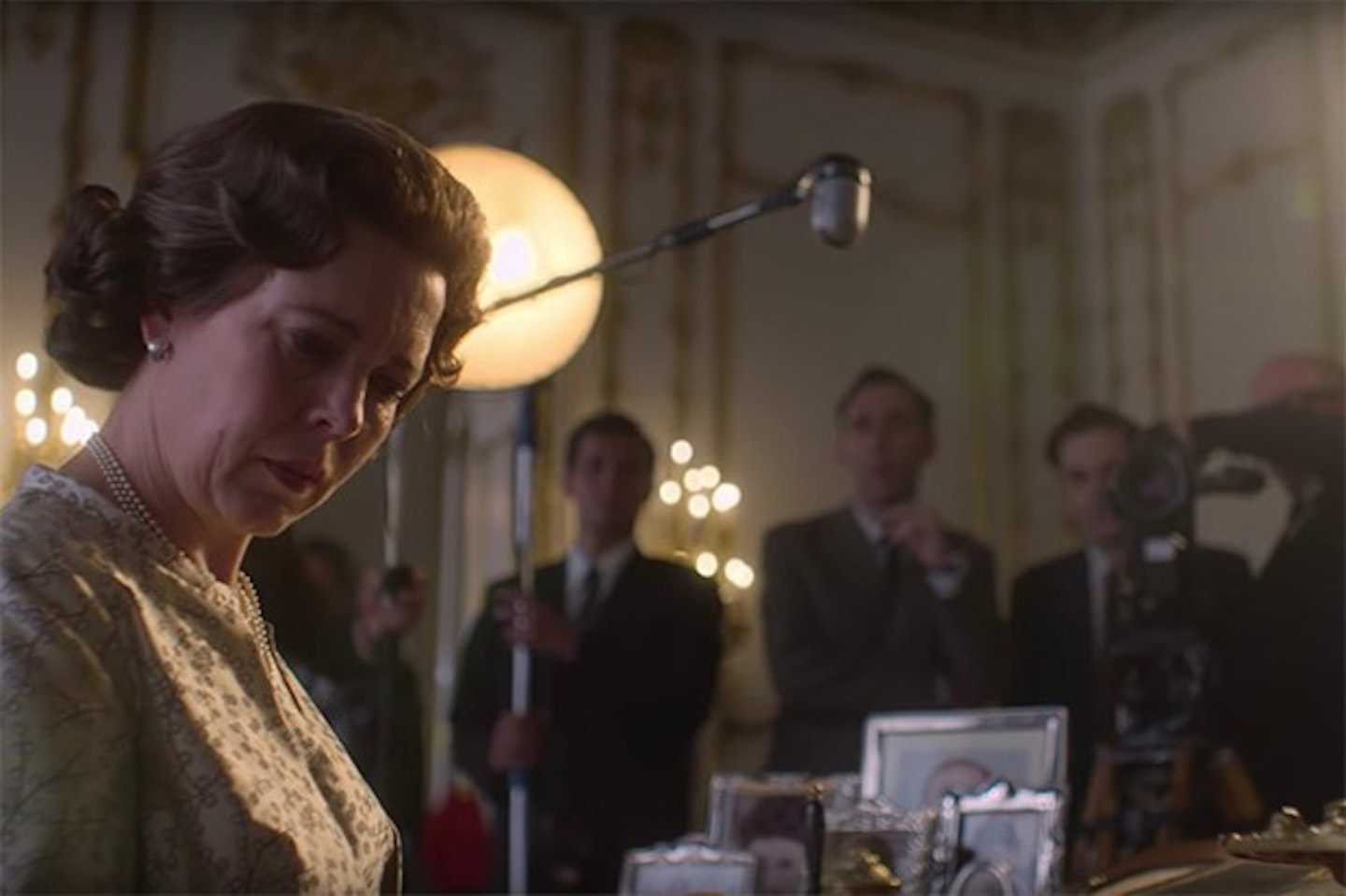 2 of 9
2 of 9Was there really a documentary on the royal family?
Yes, but you can't watch it.The fourth episode of season 3 shows cameras descending on the palace as an attempt on behalf of Prince Philip and royal press secretary William Heseltine to improve the public image of the royal family. They wanted the royal family to be seen as an ordinary family with extraordinary responsibilities. The documentary was produced by the BBC and ITV and it was 110 minutes long, watched by an incredible 30.6 million people in the UK. At first, the royal family loved the documentary, viewing the whole thing as a success. Ultimately, however, the Queen changed her mind, which is probably why it's been nowhere to be seen since the 1970s.
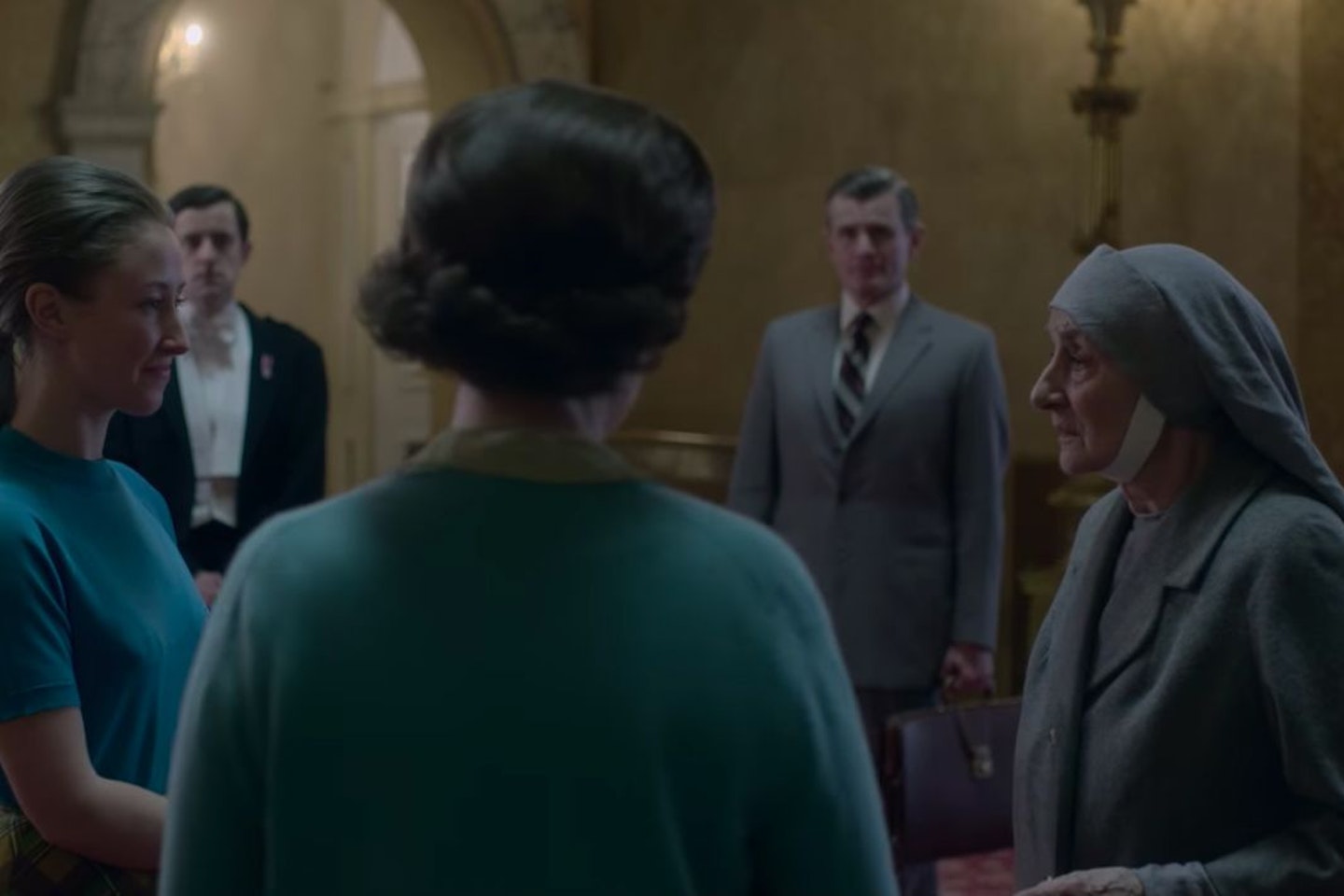 3 of 9
3 of 9Was Prince Philip’s mum actually a nun?
Yes, as we see in episode four.Princess Alice of Battenberg was born in Windsor Castle and was a great-granddaughter of Queen Victoria. She married Prince Andrew of Greece and Denmark as a teenager and had five children, four daughters and a son, Prince Philip. In the early 1920s, after the Greek royal family was taken over, she fled to Paris with her children. Born deaf, she was later diagnosed with paranoid schizophrenia and treated by Sigmund Freud in Germany. She was then sent to a sanitarium in Switzerland where she stayed for several years.After escaping the sanatorium, she returned to Greece throughout the second World War, where she sheltered Jews and, when the war was over, founded an Orthodox order of nuns. When military rule was imposed in Greece in 1967, she returned to the UK to live with Prince Philip and the Queen.
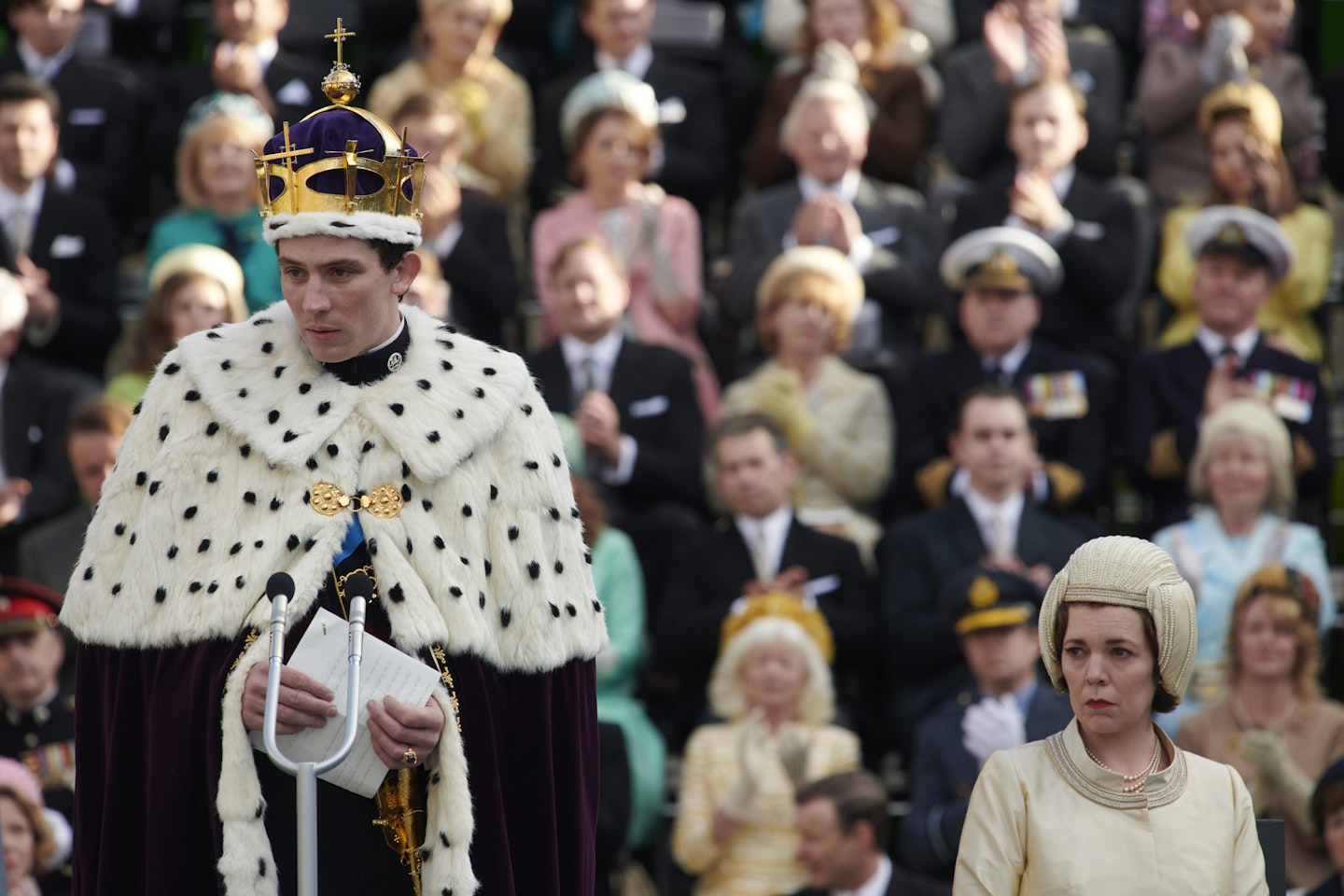 4 of 9
4 of 9Was Prince Charles sent to Wales before his Investiture?
In season 3 we see a young Prince Charles, played by Josh O'Connor, sent to Aberystwyth to study the Welsh language and culture before his investiture. This is true — during his second year at Cambridge, Charles was sent to spend a term at the University College of Wales to prepare for his investiture, much to his dismay.
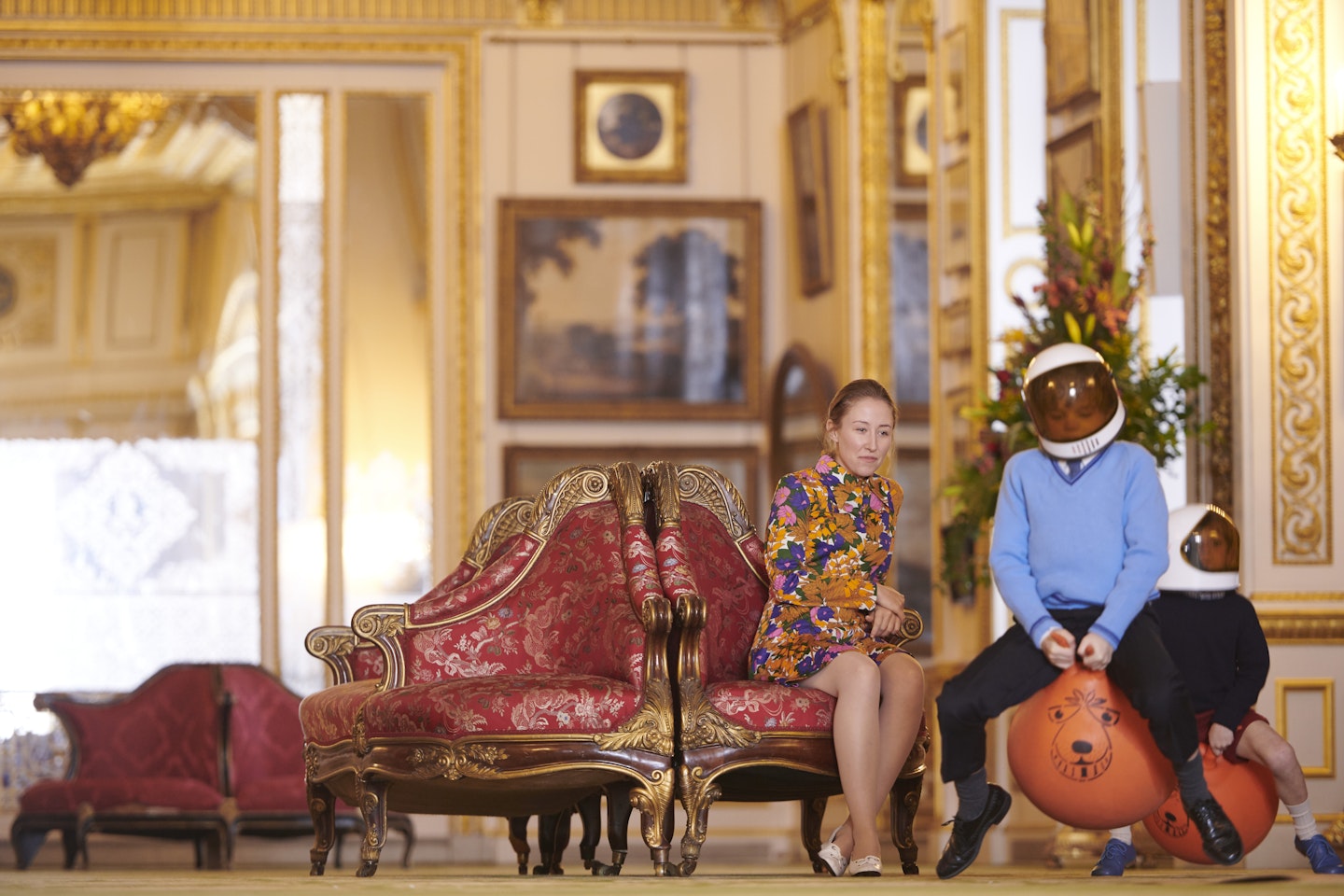 5 of 9
5 of 9How involved was the Royal Family with the moon landings?
The new season of The Crown shows Prince Philip reflecting on his own life achievements after watching the astronauts on the Apollo 11 mission in 1967, while the young royals enjoy a space-themed party. The Queen herself sent a message to the astronauts to be brought to the moon: 'On behalf of the British people, I salute the skills and courage which have brought man to the moon. May this endeavour increase the knowledge and well-being of mankind.'This is all true, and three of the astronauts actually visited the royal family at Buckingham Palace in October 1967. However, they didn't have a private residence with Prince Philip, as seen on the show.
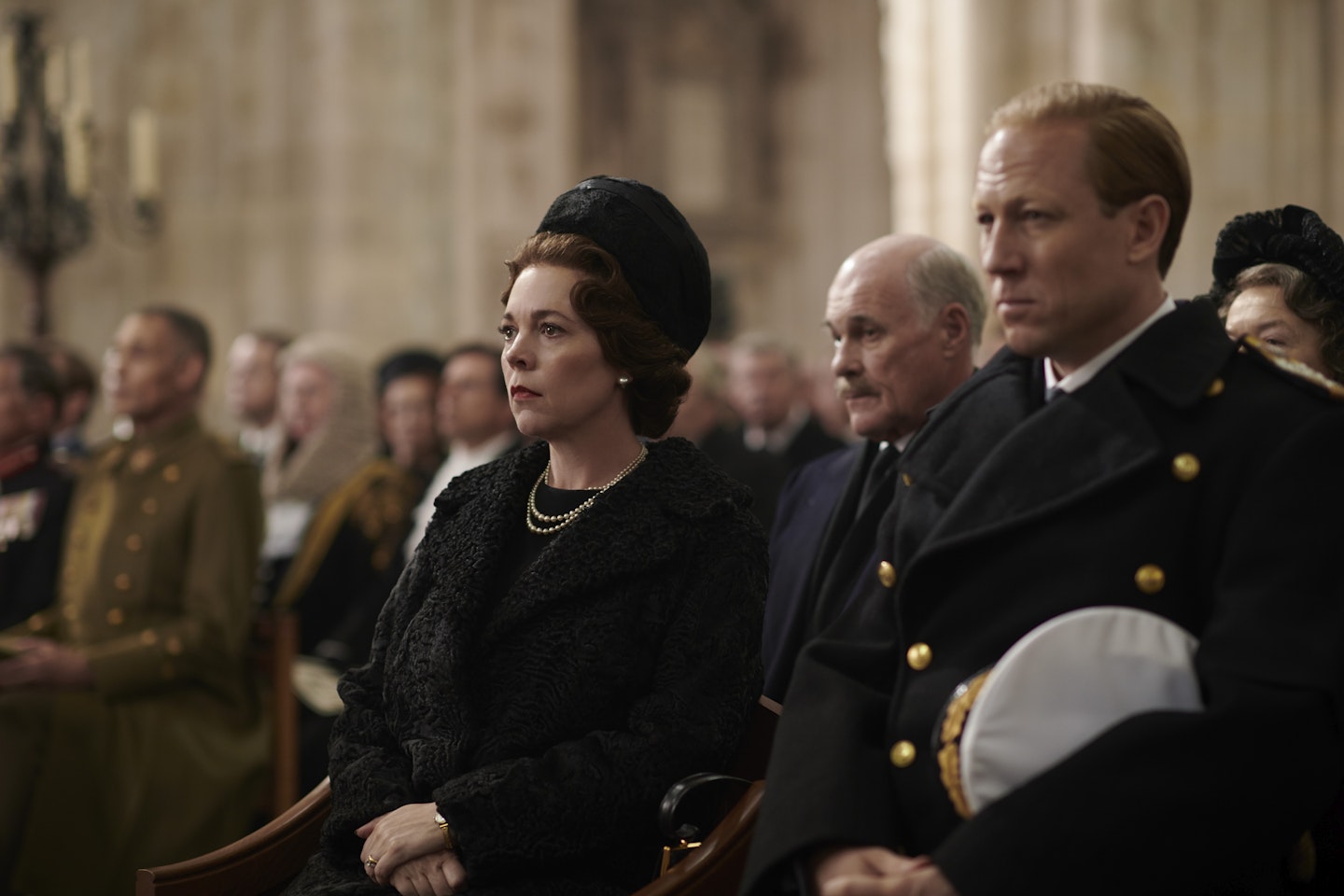 6 of 9
6 of 9Did the Queen visit Winston Churchill before his death and attend his funeral?
Season 3 of the Crown sees the Queen and the rest of the UK saying a final goodbye to Winston Churchill before his death in 1965. In the show, we see the Queen visit Churchill, saying, 'You were my guardian angel. The roof over my head. The spine in my back. The iron in my heart. You were the compass that steered and directed me — not just me, all of us. Where would Great Britain be without its greatest Briton?' It's safe to say the two shared a close relationship. Churchill died on 24 January 1965, but plans for his funeral had been made in 1953 after he suffered a stroke. Queen Elizabeth ordered that Churchill should have a Lying-In-State and a state funeral, an honour that hadn't been granted to a commoner for more than a century. Churchill's body lay in state for three days and his funeral took place on 30 January. The Queen did attend his funeral, which went against all custom and precedent.
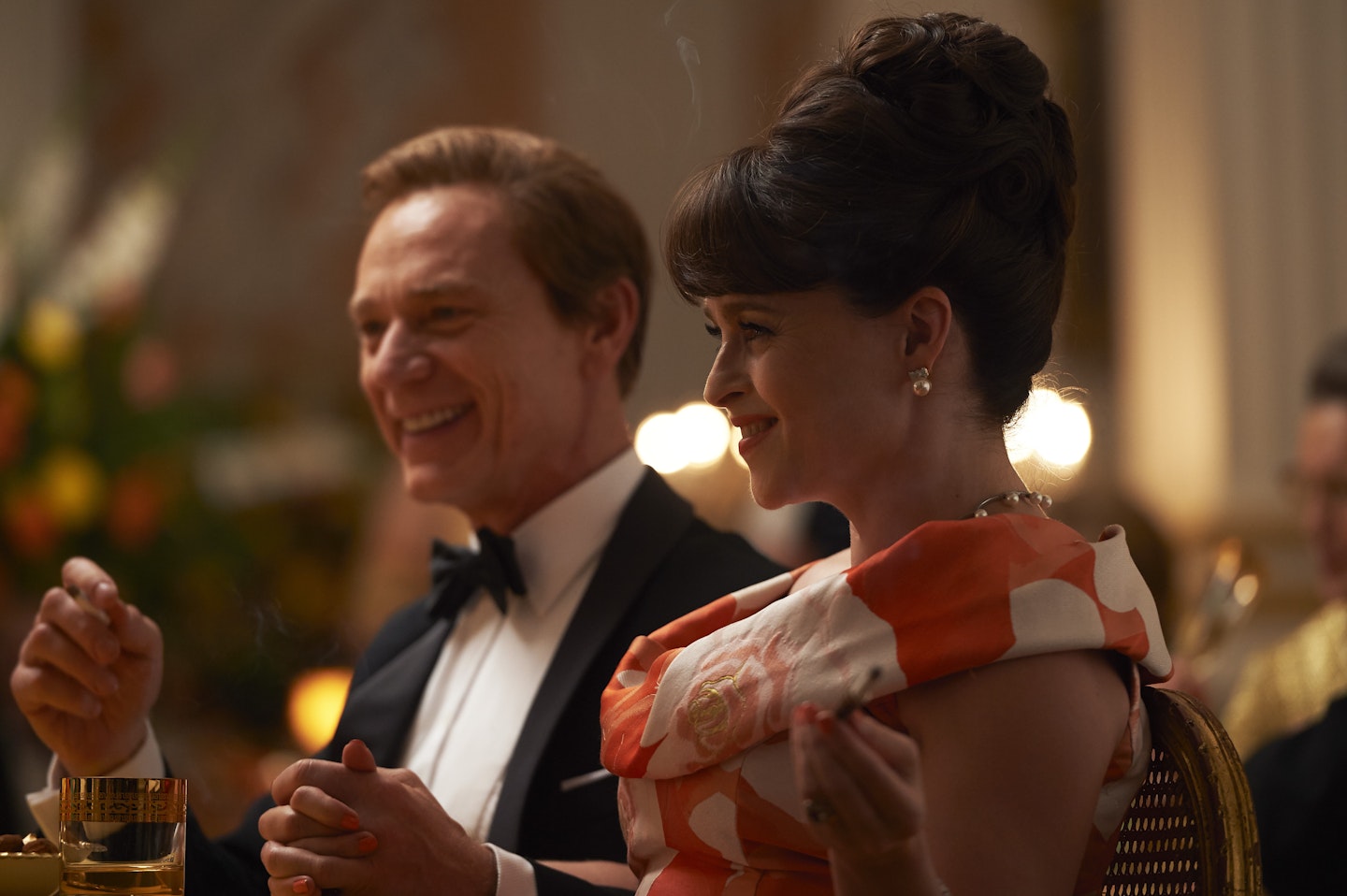 7 of 9
7 of 9Did Princess Margaret enlist America’s help to bail out the UK?
In the second episode of the new season, Margaretology, desperate to prove her worth to the rest of the royal family, Princess Margaret — played by Helena Bonham Carter in season 3 — heads out on a royal tour of the US with her then-husband Lord Snowdon. While in the US, the royal couple attended parties and dinners with all of Hollywood's A-Listers. Most notably, President Lyndon B. Johnson and his wife, First Lady Lady Bird Johnson, hosted a dinner dance at the White House in honour of the princess. In the episode, before she departs for the US, Princess Margaret is told by her sister the Queen that Britain needs at least £1 billion from the US to fix their deficit of £800 million. However, there's not much proof that the country was in fact that far in deficit: In July 1966, the US did help to bail out Britain's sterling, but following that the pound was devalued in November 1967.
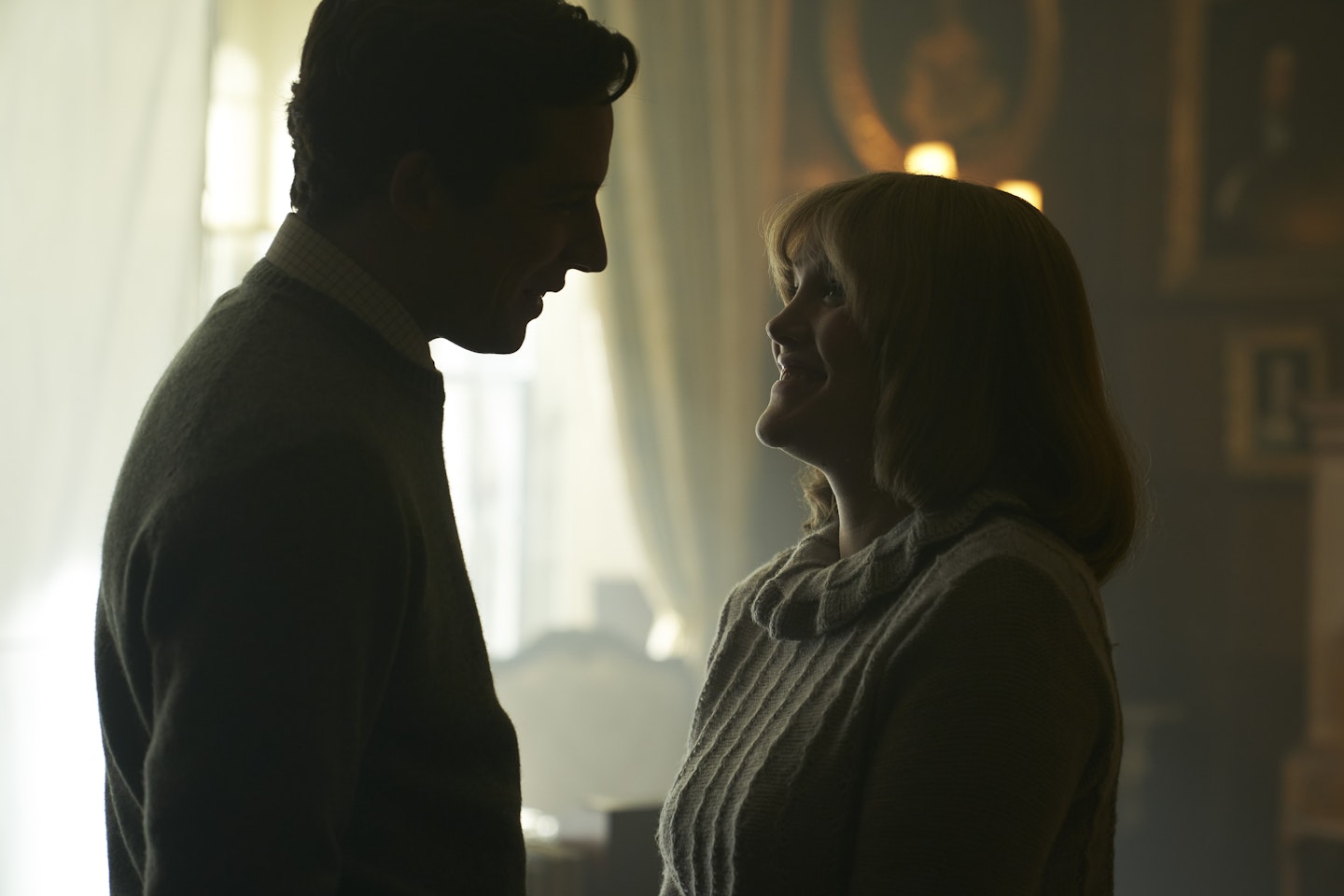 8 of 9
8 of 9Did Charles and Camilla meet at the polo? And what’s this about a love quadrangle?
Okay, this bit gets a little confusing so try to keep up. In the show, Charles and Camilla meet by locking eyes across during a polo match in which Charles was playing against Camilla's boyfriend, Andrew Parkes Bowles. This part is true — they did meet at a polo match and begin dating shortly after. He was 22 and she was 24. To make matters more complicated, Princess Anne, Prince Charles's sister, and Andrew were then romantically linked, but only for a short while as he was not considered a good enough match for her because he was Catholic. Similarly, Camilla was not viewed as a suitable match for Charles as she wasn't nobility. So, both couples split up and Andrew and Camilla were married in 1973. Princess Anne married Captain Mark Philips later that same year and a heartbroken Charles waited several years before meeting his future wife Lady Diana while he was dating her sister, Lady Sarah. So. Complicated.Camilla and Andrew were both unfaithful and divorced in 1995. Princess Anne and Mark Phillips were divorced in 1992. Anne and Andrew both were remarried, but not to each other. Charles and Camilla were married in a civil service in 2005 following the death of Princess Diana in 1997.
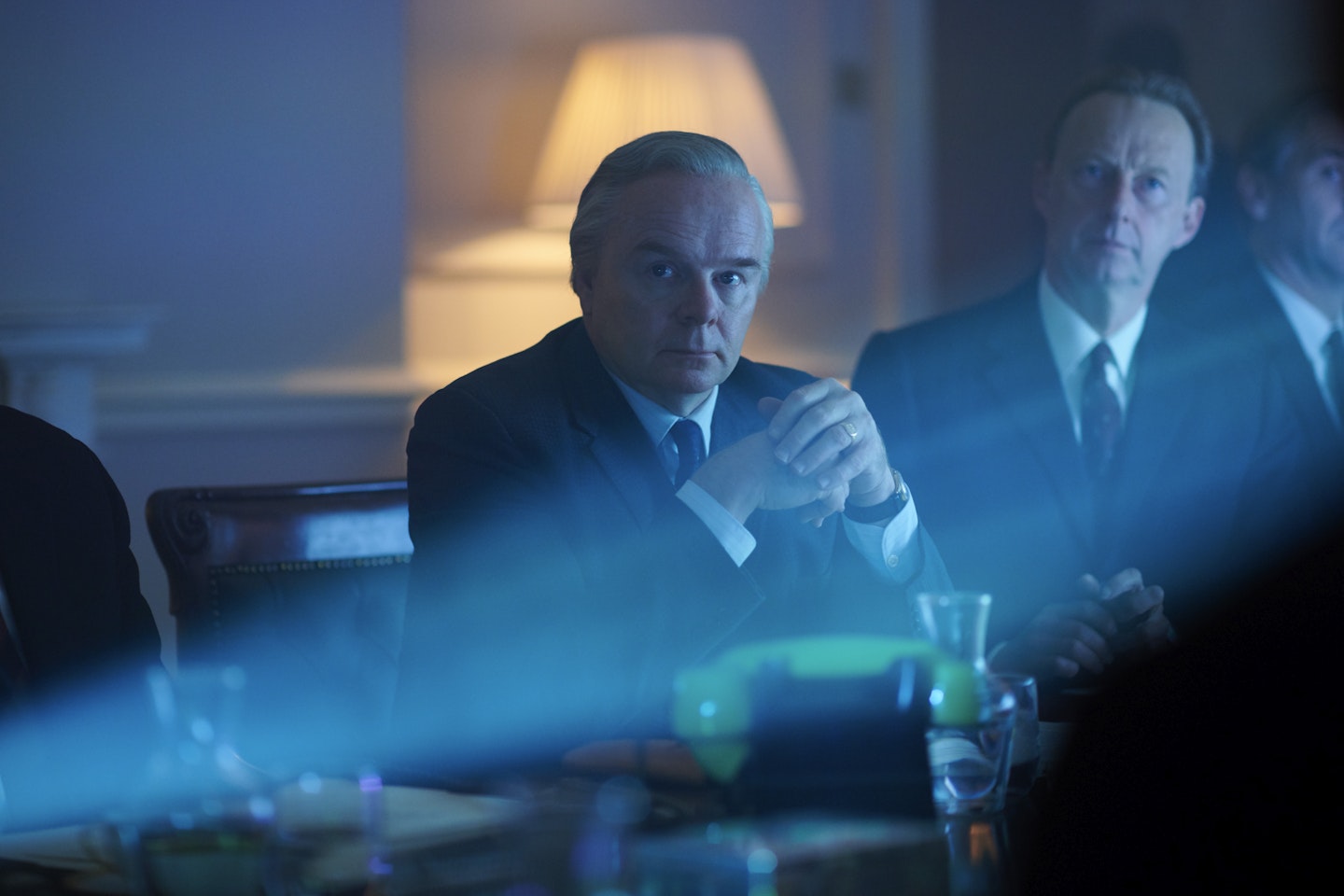 9 of 9
9 of 9Was Prime Minister Harold Wilson a soviet agent?
Wilson became the Prime Minister in 1964 and held the role until 1970, losing the role to the Tories, and then returning once more as Prime Minister in 1974 until 1976. But was he a soviet agent? Short answer: no. Long answer: he was very friendly towards the Soviet Union early in his career and the KGB did consider him for recruitment, but there is no solid evidence that he was ever recruited. That being said, Sir Anthony Blunt, a new character in season 3, was actually a double agent — originally hired by the Queen to be her official art advisor and surveyor of her pictures, Blunt was discovered to be a member of the Cambridge Five Spy Ring and an undercover soviet agent forwarding information to the Russians during the way. Shockingly, this information was kept under wraps until Margaret Thatcher outed him in 1979.
